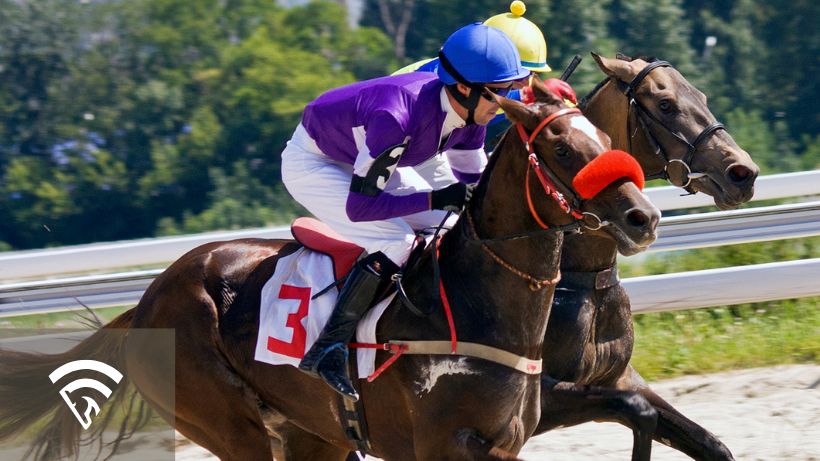What is Form Cycle Analysis?
Form cycle analysis is the practice of evaluating where a horse is in its current performance pattern. Rather than looking only at recent results, it looks at the broader trajectory, whether a horse is improving, declining, or poised to bounce back.
This type of analysis helps handicappers understand how a horse’s condition, fitness, and effort levels are trending over time. It’s especially useful for identifying potential value plays, second-off-the-layoff improvements, or bounce candidates coming off big efforts.
Key Concepts in Form Cycle Analysis
Most horses don’t run their best race every time. Form cycles help explain why.
Here are some of the most common patterns handicappers watch for:
Improving form
A horse is moving forward with each race, usually indicated by rising speed figures, stronger finishes, or closer finishes. Horses making their third or fourth start off a layoff often fit this pattern.
Peaking form
The horse is in sharp condition and running its best races now. This might be the time to bet with confidence, but also to be cautious of a possible decline coming next.
Form tail-off
The horse has already peaked and is beginning to regress. A strong effort may have taken a toll physically, or the horse may be facing tougher fields.
Bounce
A common angle where a horse runs a strong race after a layoff or poor form, then regresses next time out due to the effort. This can be especially relevant when a horse runs a career-best figure or wide trip and returns on short rest.
Rebound
After the bounce, some horses return to better form when properly spaced and placed. This cycle can create overlooked opportunities when the public reacts too strongly to one poor performance.
What to Watch For
Form cycle analysis often involves looking beyond the finish position and into factors like:
- Speed figure trends
- Gaps between races
- Surface or class changes
- Equipment changes (like blinkers or Lasix)
- Trainer patterns and win rates with layoffs or second-time starters
You’re trying to ask: is this horse set to move forward, hold steady, or take a step back?
Why It Matters
By identifying a horse’s position in its cycle, you can anticipate moves the public doesn’t see. Many horses lose because they aren't fully fit or are past their peak, not because they're lacking talent. Others improve sharply when the timing is right.
Used correctly, form cycle analysis can help you find live horses at good prices and avoid short-priced favorites who are set to regress.
Final Thoughts
Form cycle analysis takes practice, but once you understand the rhythm of how horses improve and decline, you’ll begin spotting opportunities others miss. It’s not just about where a horse has been, it’s about where it’s going next.
For a clearer view of which horses are trending up or down, visit the EquinEdge Race Results page and track performance patterns across recent starts.
